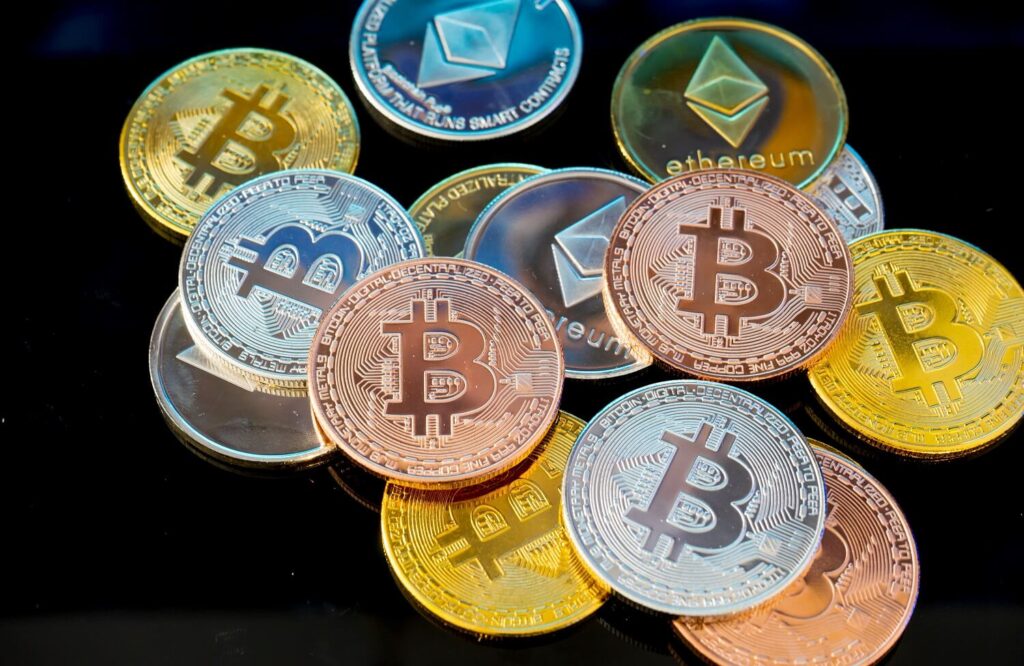Interview: NoOnes visionary mission for Bitcoin adoption and empowerment in the Global South

Since its founding two years ago, NoOnes, a peer-to-peer (P2P) platform, has achieved a lot in a short space of time. As a visionary entrepreneur, Ray Youssef, NoOnes CEO, is helping lead the way in the evolving world of crypto. Using Bitcoin as a tool, Youssef and his team believe it’ll bring empowerment to the […]
Tap Protocol delays TAP token distribution event

Tap Protocol has delayed its TAP token launch date from October 21, 2024 to October 23, 2024. TAP, with a total supply of 21 million, will go live on Bitcoin and Ethereum Tap Protocol, a decentralized finance platform on Bitcoin, has announced that its anticipated token distribution will now occur on October 23, 2024. The […]
Bitcoin steadies at $68k, meme coins surge as focus shifts to Poodlana

Bitcoin price has recorded its second week of consecutive gains; ending the week steady above the resistance-turn-support zone of 68,000. On Friday, it hit a level last recorded in late July after rallying by 17% in about a week. At the time of writing, BTC was trading at $68,440.47. Risk-on sentiment continues The risk-on mood […]
Italy set to raise Bitcoin capital gains tax to 42%

Italy plans to raise the capital gains tax on cryptocurrencies from 26% to 42%. The new policy reflects a trend among European countries tightening crypto regulations. PM Giorgia Meloni assures no new taxes for citizens despite the proposed increases. Italy is set to increase its capital gains tax on Bitcoin and other cryptocurrencies from 26% […]
US prosecutors urge judge to hand Bitfinex hack mastermind five-year sentence

The Bitfinex crypto hack resulted in the theft of 120,000 Bitcoin Ilya Lichtenstein used a series of sophisticated methods to hide the stolen funds between 2016 and 2022 He told his wife and co-conspirator about the hack in 2020 who then helped him to hide the stolen assets US prosecutors have told a judge that […]
Elon Musk’s Tesla transfers Bitcoin worth $770M to new addresses

Tesla relocated 11,509 bitcoins, valued at $770 million, to new addresses. This marks Tesla’s first Bitcoin transaction since selling most holdings in 2022. Tesla remains the third-largest Bitcoin holder among public companies after MicroStrategy. Tesla, the electric vehicle giant led by Elon Musk, has recently relocated its entire Bitcoin (BTC) treasury, consisting of 11,509 bitcoins […]
Bitcoin Dogs (0DOG) price prediction: a potential surge in ‘Uptober’

October, known as “Uptober,” historically boosts Bitcoin prices significantly. Bitcoin Dogs (0DOG) could surge alongside BTC, with predictions of 100X growth. Upcoming catalysts include a Telegram game and NFT collection driving demand. As October unfolds, the cryptocurrency market is buzzing with excitement, and Bitcoin Dogs (0DOG) is emerging as a prominent player in this landscape. […]
Bitcoin firm Blockstream secures $210m to drive layer-2 growth

Blockstream will use the $210 million debt funding to boost adoption of its layer-2 solutions The company will also utilise the funds to add to its mining operations and treasury. Blockstream, a Bitcoin infrastructure company founded by industry OG Adam Back, has announced it raised $210 million to fund various aspects of the company’s business. […]
Bitcoin spikes to $66k amid ‘Uptober’ sentiment

Bitcoin price broke to above $66,000 for the first time in nearly three weeks Cypto analysts at QCP say ‘Uptober’ and the US election sentiment could push bulls higher Bitcoin’s (BTC) price rose more than 6% to break above $66,000 on Monday, October 14, 2024, as most cryptocurrencies recorded 24-hour gains. According to data from […]
UK man sues council after denying requests to dig for lost Bitcoin hard drive in landfill

James Howell has been trying to get his lost hard drive back for 10 years Howell mined 8,000 Bitcoin on his laptop after learning about Bitcoin in 2009 The council have denied Howell’s requests to dig due to “environmental concerns” A 39-year-old man is suing Newport City Council for $646 million (£495,314,800 million) in damages […]